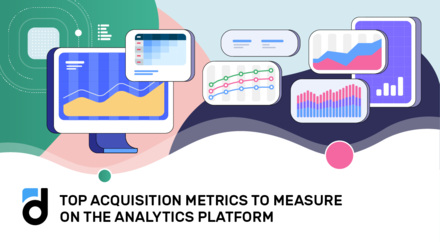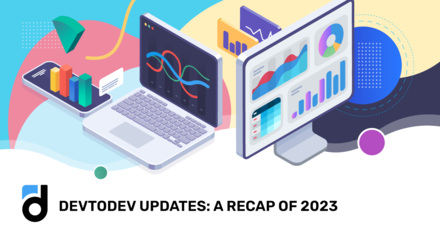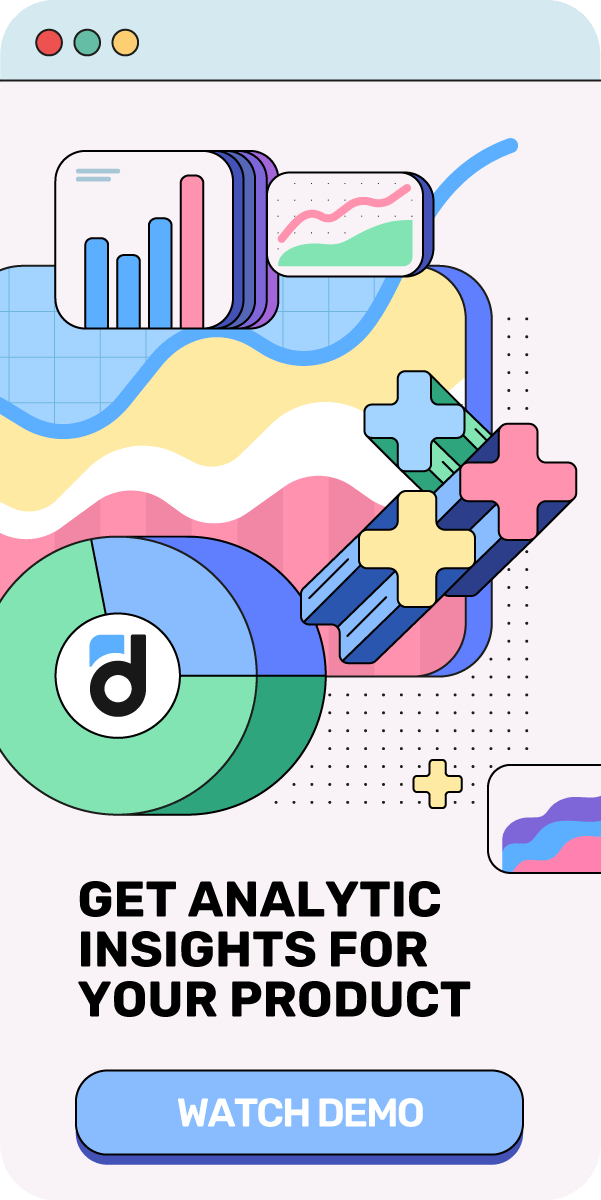In the following article, you can find valuable insights on what a 'data-inspired' or 'data-centric' mindset is and how to categorize your company.
We have recently discussed 'data-driven,' and 'data-informed' approaches to analytics. What do we know about them? The 'data-driven' approach is based on clear quantitative data and helps make small daily decisions. The 'data-informed' approach is based on data analysis and intuition. It helps prioritize the backlog and plan the near future.
However, the two approaches are good for analyzing past data and planning but they do not allow you to take a peek in the future, to be creative with your decisions. In this article we will discuss two more approaches to analyzing your data and they are 'data-inspired' and 'data-centric.' Let’s explore the real value behind them, their differences, and determine the most suitable approach for specific tasks.
Read more: Populations and Samples in Data Analysis
A Data-Centric Approach
A data-centric approach advocates for placing data at the core of every operation. By doing so, you can gain a holistic view of your company’s internal and external operations, as well as customers.
Many people often confuse data-centric and data-driven approaches. Being data-driven is merely a critical step on the road toward data centricity as it involves the methodology of collecting, analyzing, and understanding data and then making strategic decisions based on data (data -> decision). Data-centric organizations take that thinking a step further, as they see data as a core, independent asset that can be used to determine what should be created in the first place (data -> app, product, program, tool). You can say that a data-centric approach is a balance between data-driven insights and creative decision-making.
Read more: Game Onboarding: Uncover Bottlenecks with devtodev
What Indicates that your Company is Data-Centric?
There are several indicators that allow you to say that:
- A data-centric approach places data at the core of an organization's operations and decision-making processes. Data is treated as a fundamental asset and is central to all activities.
- Decision-making is heavily influenced by data-driven insights. Data is the primary driver of choices, and decisions are based on quantitative analysis and metrics.
- Organizations adopting a data-centric approach invest heavily in data infrastructure, data governance, and data quality because they can't rely on bad-quality data. They prioritize data collection, storage, and management.
- There's a strong emphasis on fostering a culture that values data, encourages data literacy among employees, and integrates data into workflows at all levels of the organization.
Read more: SQL Knowledge Levels: Beginner, Middle, Advanced
A Data-Inspired Approach
The term 'data-inspired' represents a more abstract and creative approach when compared to 'data-informed.' Within this approach, intuition and the exploration of non-obvious connections among various data sources play pivotal roles. Its primary objective is the development of radically new solutions, disruptive innovations, and breakthroughs.
The end result of such an approach consists of abstract ideas and solutions, which may sometimes prove to be inaccurate. Implementing solutions under the data-inspired approach is consistently associated with a high degree of uncertainty and risk. Nevertheless, it is not a blind gamble, as the team creats its strategies not from scratch but based on a diligent study of the market, trends, and user preferences, rather than relying solely on brainstorming.
In the data-inspired approach, data serves as a wellspring of inspiration and context. In contrast to the data-informed approach, this method does not aim to predict the future based on past patterns, as creating entirely new concepts through such means is nearly impossible. The data-inspired approach is often employed, for instance, in creating long-term strategies, addressing the question of what actions to take in the broader, forward-looking perspective.
Read more: CEO’s Guide to devtodev Metrics
What Indicates that your Company is Data-Inspired?
It's easy to identify a data-inspired company. For example, look for the following criteria:
- A data-inspired approach acknowledges the value of data as a source of inspiration and insights but doesn't necessarily make data the central focus of all operations.
-
While data plays a significant role, decisions are made by considering a combination of data-driven insights and other factors, including human expertise, creativity, and intuition.
-
A data-inspired organization may be more flexible and open to adapting strategies based on emerging data insights. Data inspires ideas and strategies, but it doesn't dictate them.
-
While data quality is important, there may be less emphasis on building elaborate data infrastructure compared to a data-centric organization.
Read more: How devtodev Transforms your Approach to Digital Teamwork
What do you Take Away from the Article?
In summary, a data-centric organization places data at the core of its operations and relies heavily on data-driven decision-making, often with significant investments in data infrastructure and governance. In contrast, a data-inspired organization values data as a valuable source of inspiration and insight but maintains a more balanced approach to decision-making, incorporating data alongside other factors. Both approaches can be effective, depending on an organization's goals and culture.

























































































































































































































































































































































